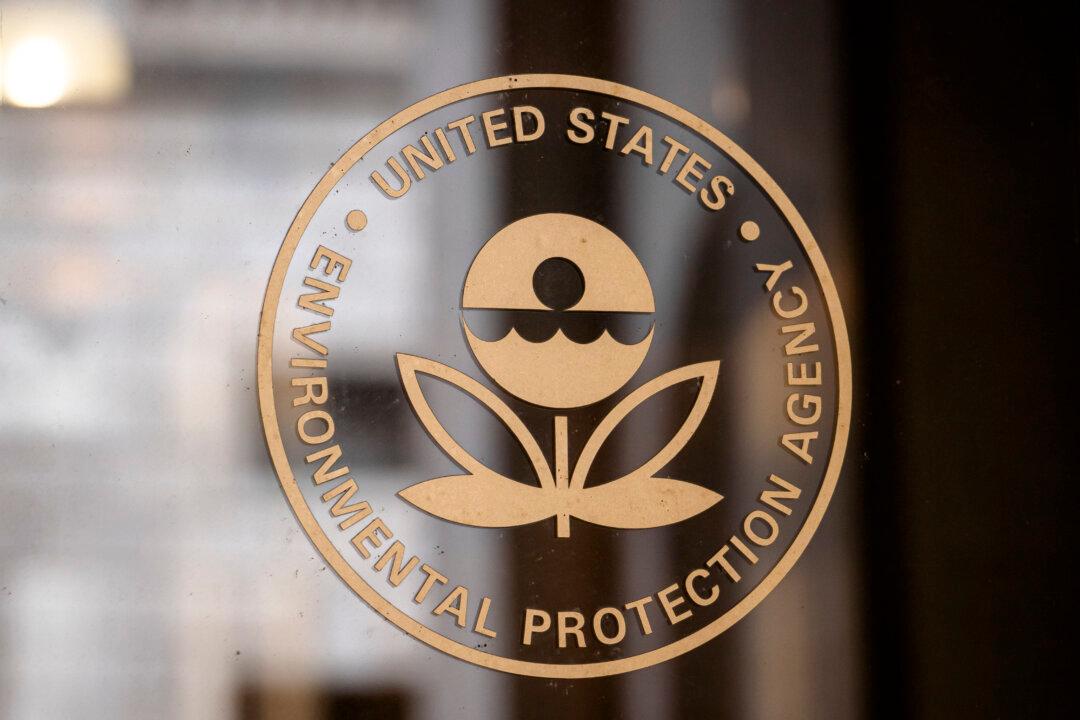Any lead paint dust detected in certain parts of child care facilities and houses from before 1978 will be considered hazardous, the Environmental Protection Agency (EPA) stated on Oct. 24.
The EPA’s final rule states that “any reportable level” of lead dust on floors, window sills, or window troughs will be deemed hazardous.





